Introduction:
The House of Quality is comparable to a thoughtfully constructed product development architecture plan. It entails jotting down client requirements, locating technical descriptions, figuring out how the two are related, and assigning weights to each. The House of Quality was founded on the tenets of matching client needs with technological potential.

Practically implement the House of Quality:
Identify the needs of the customer: Start by getting consumer feedback, performing market research, and examining the needs and preferences of your target audience. They ought to have SMART requirements—specific, measurable, achievable, relevant, and time-bound.
Identify the technical requirements: Once you have a firm grasp on the needs of the customer, specify the technical qualities or features that the product must have to satisfy those needs. These technical specifications must be quantifiable and doable.
Create the House of Quality matrix: Create a matrix with two primary sections to serve as the House of Quality matrix. The client requirements should be listed on the left, and the technical requirements should be listed on the top row. Each cell in the matrix will be formed by the point where a customer requirement and a technical requirement intersect.
Establish the relationships: Analyse and identify the connections between technological needs and customer requirements. Finding the relationships that are strong and the effects of each technological need on satisfying customer requirements are both part of this stage. Symbols or numbers, such as plus signs (+) for strongly positive relationships or zeros (0) for no relationships, are typically used to symbolise these relationships.
Define the importance ratings: Depending on how important they are to the clients, rate the relative relevance of the needs. Surveys, market research, or consumer input can be used to determine these ratings, which are often numerical figures. Ratings may be given on a scale of 1 to 5, or on any other suitable scale.
Calculate the technical correlations: Determine how much each technological criterion has an impact on the others. Correlation coefficients between technical requirements are calculated in this step. The correlation values make it easier to comprehend the effects of changing one technical requirement on another.
Analyse and prioritize design characteristics: Calculate the weight of each technical requirement, which is represented by the “roof” of the House of Quality. Add the strength of the connection between each technical need and each customer requirement to the importance rating of each customer requirement. For each technical need, add the values of all the customer criteria to determine their overall weight.
Identify design targets and benchmarks: Create specified design benchmarks or targets that must be met to satisfy the customer’s expectations based on the technical criteria that were given priority. The design and development team uses these goals as guidance.
Iterative improvement: The House of Quality is an ongoing project. As new information becomes available or when design iterations take place, it should be reviewed and updated. The House of Quality can be used as a guide as the design process develops to make sure that the changing design adheres to consumer needs.
By following these steps, the House of Quality helps guide the design and development process by systematically capturing and translating customer requirements into actionable design characteristics. It facilitates decision-making, prioritization, and continuous improvement, ultimately leading to products that better meet customer expectations.
Conclusion: Harnessing the Power of House of Quality for Design Success
In conclusion, the House of Quality is a valuable tool that enables organizations to align customer needs with product design and development. By systematically capturing and prioritizing customer requirements, it helps companies create products that not only meet customer expectations but also outperform competitors in the market. The structured approach provided by the House of Quality enhances communication, collaboration, and decision-making throughout the design process. While it has its challenges and limitations, when used effectively, the House of Quality can significantly contribute to the success and profitability of businesses across various industries.
Penned by:
Mohit




Leave a comment